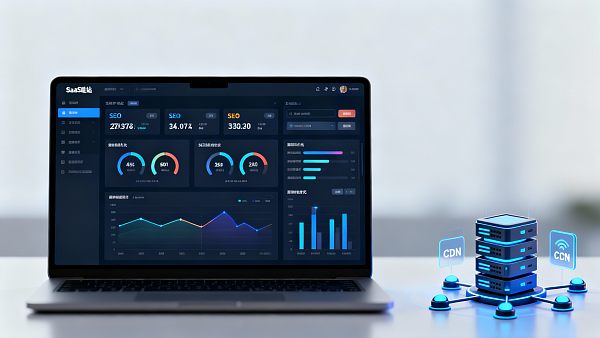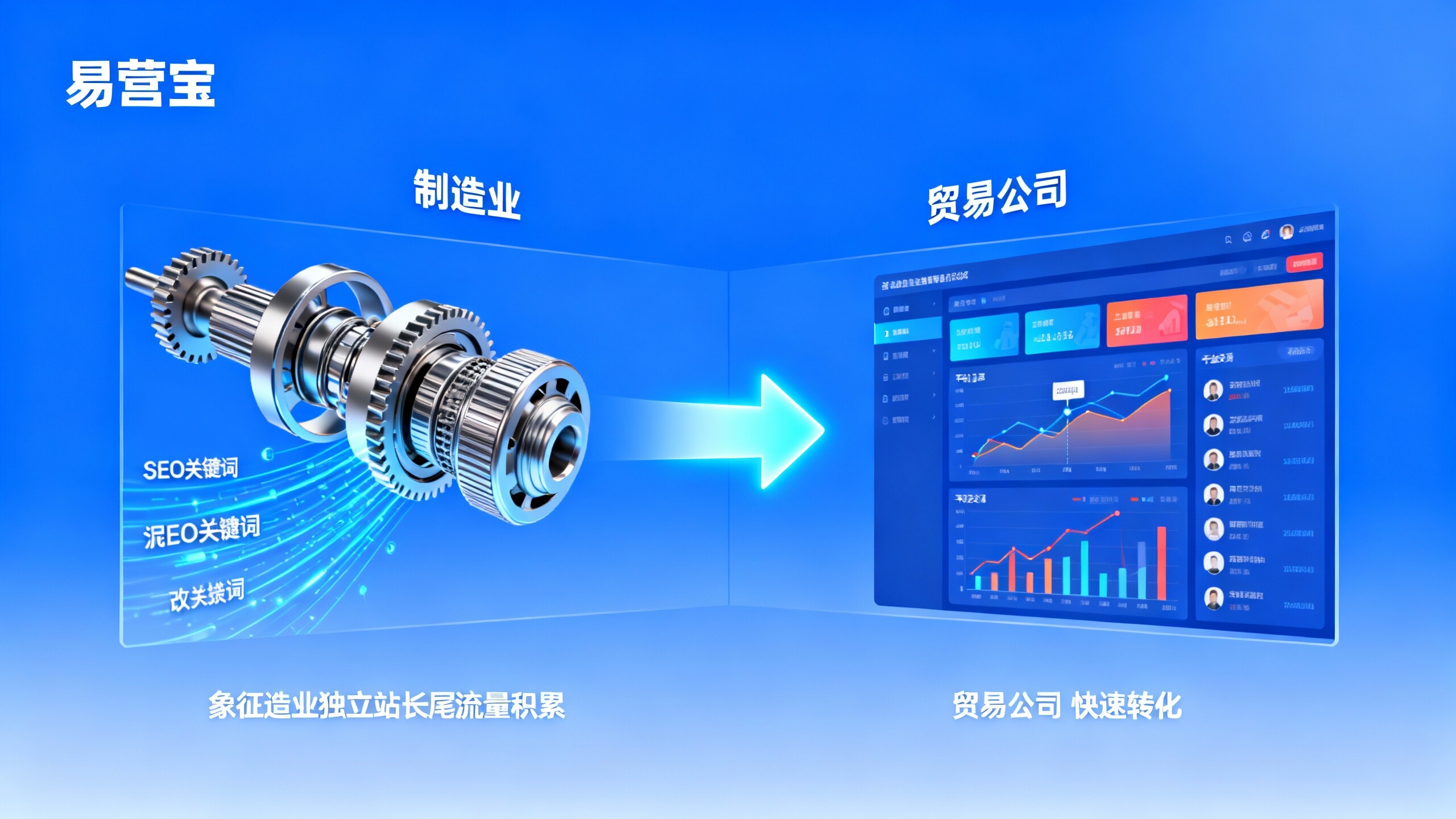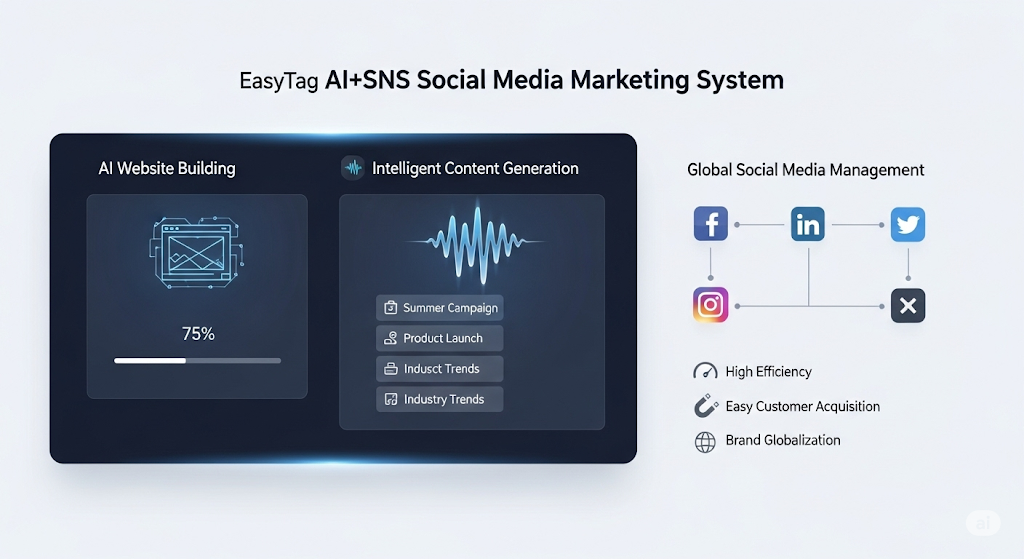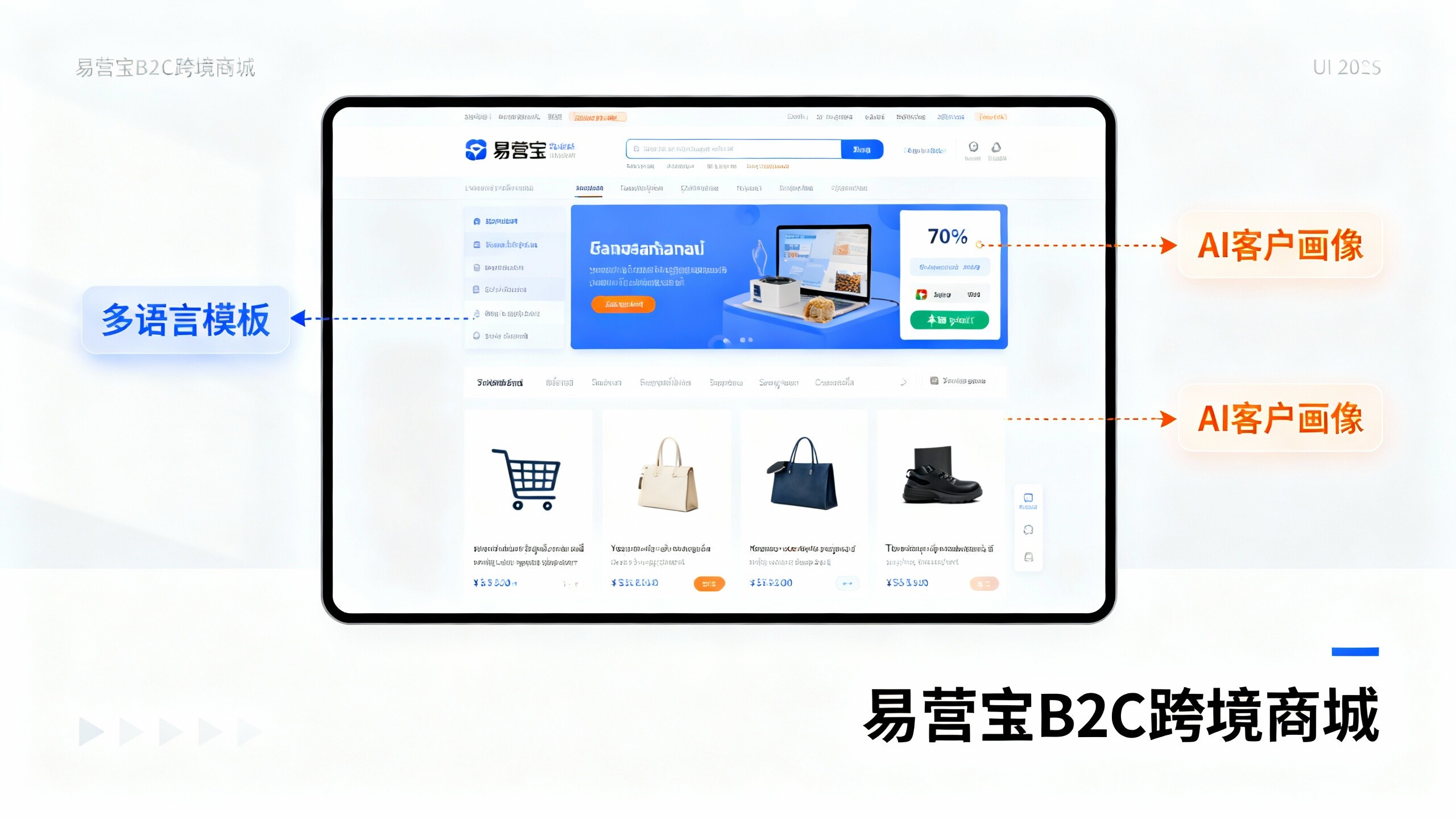- B2B Foreign Trade Advertising Comparison: Effectiveness Analysis of Google Ads vs. Facebook Ads in the Industry2025-12-26View details
- Which is more effective for international trade, a website or a platform? Case comparison: Manufacturing vs. Trading Companies2025-12-25View details
- EasyOperate User Experience: Practical Report on Channel Management for Distributors/Resellers2025-12-25View details
- EasyOperate User Experience: Practical Report on Channel Management for Distributors/Resellers2025-12-25View details
- How to Improve the Conversion Rate of Foreign Trade Websites: 10 Data-Driven Optimization Strategies2025-12-25View details
- KPI Setting and Budget Allocation Template for Operating Overseas Social Media Platforms2025-12-25View details
- Smart Website Market Report2025-12-25View details
- Five Steps to Teach You How to Improve the Conversion Rate of Foreign Trade Websites2025-12-25View details
How to Estimate the Budget for Multilingual Website Construction? A Comparative Analysis of Three Solutions with Cost-Effectiveness Ratio
Want to estimate the budget for multilingual website construction? This article compares three solutions and analyzes their cost-effectiveness to help you make informed decisions between building a multilingual independent foreign trade website and optimizing multilingual search engines.
When promoting brands and operating independent foreign trade websites in overseas markets, decision-makers often focus most on input-output ratios, launch speed, and subsequent maintenance costs. This article targets researchers and actual users/operators, breaking down the core cost elements of multilingual website construction and multilingual SEO optimization services. It quantifiably compares three common solutions within budget constraints: self-development, SaaS smart website building, and hybrid customization. The article integrates key factors such as global server acceleration, translation engines, and SEO/SEM optimization techniques to provide an executable budget estimation framework, helping you make the most suitable choice between brand promotion and foreign trade marketing leverage.

I. Principles and Cost Structure of Budget Estimation
Multilingual website construction budgeting is not simply adding template costs but should be decomposed based on target markets, language quantities, traffic expectations, and operational strategies. The first cost category is one-time construction: domain names, server deployment, front-end and back-end development, localized translation, and template design. The second category is periodic costs: hosting and CDN fees, SSL and security protection, content updates and continuous SEO optimization, and ad placements (SEM optimization techniques). The third category is hidden costs: data compliance, performance optimization, cross-border payment and logistics integration, technical support, and training. For example, if the target covers 5 languages (including Chinese and English) with high translation quality requirements, translation and localization costs may account for 20%~40% of the first-year budget. If global millisecond-level access is needed, global server acceleration and deploying 22 or more CDN nodes will significantly increase project budgets. Based on actual needs for independent foreign trade website operations, it's recommended to allocate the budget initially as "60% technical implementation + 20% content localization + 20% promotion and operations," adjusting later based on conversion data. This principle balances brand promotion effects with long-term multilingual SEO benefits, avoiding the risk of high one-time investments that fail to generate sustained traffic.
II. Solution A: Full Self-Development (Flexible but High Cost and Time Investment)

Self-development suits enterprises with strong technical teams and complex business needs. Advantages include full customization of features, SEO strategies, and data tracking; disadvantages are high upfront investment, long launch cycles, and complex post-maintenance. Typical cost items include: requirements analysis and architecture design, front-end and back-end development, database and search engine integration, single sign-on, multilingual CMS support, professional translation and localization adaptation, server and security deployment, and initial SEO/SEM strategy setup. Using overseas cloud services requiring global deployment will also significantly increase bandwidth and CDN costs. Budget range (for medium-sized enterprises): one-time development costs typically range from 200,000~800,000 RMB (depending on feature complexity), with annual operation and optimization costs around 50,000~300,000 RMB. For clients prioritizing technical control and long-term customized experiences, self-development offers deep differentiation but weaker initial capabilities for rapid brand promotion and multilingual SEO service returns. This solution suits enterprises willing to invest long-term for highly customized solutions and data control.
III. Solution B: SaaS Smart Website Building (High Cost-Effectiveness, Ideal for Quick Global Expansion)
SaaS smart website building is the first choice for most small and medium foreign trade teams today because it offers the best balance between cost, launch speed, and maintainability. Taking Yisoubao's SaaS smart website marketing system as an example, such products typically provide AI-driven no-code website building, enabling rapid setup of multilingual independent foreign trade websites in 10 minutes, AI smart SEO optimization, intelligent translation and localization technologies, combined with global server acceleration and multi-node CDNs to significantly shorten launch cycles while improving page load speeds and SEO scores. SaaS budgets are primarily subscription-based (basic to enterprise versions billed annually), plus optional items like custom templates, excess traffic, and dedicated services. Comparative data shows SaaS solutions can reduce construction time by over 90%, cut manual input by 50%, and lower costs for multilingual SEO optimization through built-in AI keyword expansion and automatic TDK generation. Typical budget range: under annual payment models, entry-level solutions may cost 10,000~30,000 RMB/year, mid-to-high solutions with professional services range from 30,000~150,000 RMB/year. If you seek rapid brand promotion and independent foreign trade website setup while gaining global server acceleration and automated SEO optimization, SaaS is a highly efficient and cost-effective option. For more product information, visit: Yisoubao SaaS Smart Website Marketing System.
IV. Solution C: Hybrid Customization + Outsourcing (Flexible Expansion, Ideal for Growth-Stage Enterprises)

Hybrid solutions combine SaaS's rapid deployment with flexible custom development, suitable for growth-stage enterprises needing partial customization. Common approaches use SaaS platforms as foundations (reducing infrastructure and SEO entry costs) while outsourcing or internally developing advanced features (e.g., complex product catalogs, deep multilingual SEO optimization, ERP/CRM integrations, customized ad placement strategies). Budget structures are more flexible: base platform subscriptions + on-demand development fees + continuous operations and SEM investments. Compared to pure self-building, this approach saves significant infrastructure and SEO tool costs in the first year while retaining expansion capabilities. Recommended first-year budget allocation: 30% for platforms and rapid launch, 40% for content and localization (high-quality translation, cultural adaptation, localized keywords), and 30% for SEM and continuous SEO optimization. This ensures foreign trade independent website speed while guaranteeing long-term traffic growth and brand promotion effects through professional multilingual SEO services. For enterprises needing both market agility and long-term competitiveness, hybrid solutions typically offer the best cost-effectiveness and controllable risks.
Summary and Action Guide

In summary, budget estimation should focus on target language quantities, performance requirements (global server acceleration), content localization depth, and promotion investments: self-development suits enterprises pursuing high customization and control; SaaS smart website building excels in cost, launch speed, and multilingual SEO optimization; hybrid customization balances speed and scalability for growing enterprises. Regardless of the path, the key is planning brand promotion, independent foreign trade website construction, and operational costs (including multilingual SEO services and SEM optimization techniques) as a closed loop, ensuring every investment converts to measurable traffic and conversion rates. If you want to quickly test multilingual websites and gain professional operational support, contact us for free budget assessments and case analyses to explore more solutions and obtain customized quotes. Contact us now or visit our product page for detailed solutions and success cases to start your journey of global growth in foreign trade marketing.
- Campbell (name)
- free-standing station
- Multilingual SEO
- Multi-language website
- SEO optimization
- Intelligent website building
- Foreign trade independent website
- Independent website operation
- Independent Foreign Trade Website Operation
- Global Server Acceleration
- Search Engine Optimization
- Independent website building
- SEO Optimization Services
- Foreign trade independent website construction
- Website
- Multilingual SEO Optimization
- Multi-language website development
- SEO
- Multilingual SEO Optimization Services
- SEM Optimization Tips
- Multi-language foreign trade independent website construction
- Brand Promotion
Related Articles
![B2B Foreign Trade Advertising Comparison: Effectiveness Analysis of Google Ads vs. Facebook Ads in the Industry B2B Foreign Trade Advertising Comparison: Effectiveness Analysis of Google Ads vs. Facebook Ads in the Industry]() B2B Foreign Trade Advertising Comparison: Effectiveness Analysis of Google Ads vs. Facebook Ads in the Industry
B2B Foreign Trade Advertising Comparison: Effectiveness Analysis of Google Ads vs. Facebook Ads in the Industry![Which is more effective for international trade, a website or a platform? Case comparison: Manufacturing vs. Trading Companies Which is more effective for international trade, a website or a platform? Case comparison: Manufacturing vs. Trading Companies]() Which is more effective for international trade, a website or a platform? Case comparison: Manufacturing vs. Trading Companies
Which is more effective for international trade, a website or a platform? Case comparison: Manufacturing vs. Trading Companies![EasyOperate User Experience: Practical Report on Channel Management for Distributors/Resellers EasyOperate User Experience: Practical Report on Channel Management for Distributors/Resellers]() EasyOperate User Experience: Practical Report on Channel Management for Distributors/Resellers
EasyOperate User Experience: Practical Report on Channel Management for Distributors/Resellers
Related Products














